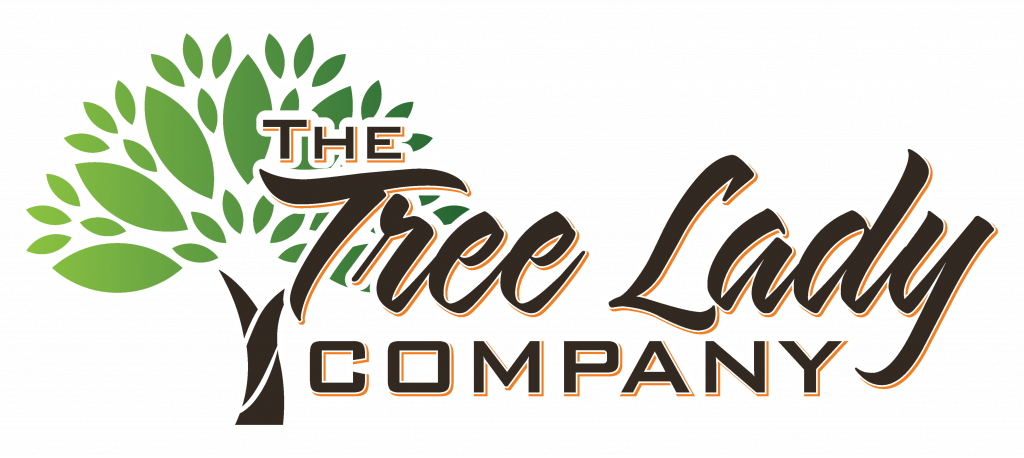The 4 D’s to look for in a struggling tree:
- Dieback
- Defoliation
- Discoloration
- Dropping leaves (too early)
Nutrient uptake occurs through fine hair-like roots, known as “feeder roots”. These are generally found in the top 8-12 inches of soil. We use high-pressure equipment to inject liquid fertilizer straight to these roots where it can be most utilized. To ensure that all parts of the root zone receive the fertilizer’s benefits, our injections occur in a grid pattern from the trunk to the drip line.
WHY IS DEEP ROOT FERTILIZATION BETTER THAN A GRANULAR?
Granular fertilization does not have the long-lasting effects of a deep root fertilization treatment in an ailing tree. Granular fertilizers are usually applied to the soil surface and “watered in” using a hose or irrigation system. When applied in this fashion, grasses and surrounding plants often absorb most of the nutrients before the fertilizer-rich water makes its’ way to the tree’s root zone.
Deep root fertilization puts nutrients right where your tree needs them in an easier to absorb format. As a result, you’ll see faster and more noticeable results.
WHAT ARE THE BENEFITS OF DEEP ROOT FERTILIZATION?
Deep Root fertilization restores essential nutrients that have been lost due to insufficient soil nutrition and soil compaction. Soil compaction can be caused by high volume of traffic or construction in a tree’s essential root zone. Compaction prevents a tree from retaining water and causes decreased nutrient levels in the soil. High-pressure fertilization performed in a grid pattern helps to loosen the soil and give the tree roots room to “breathe”.

